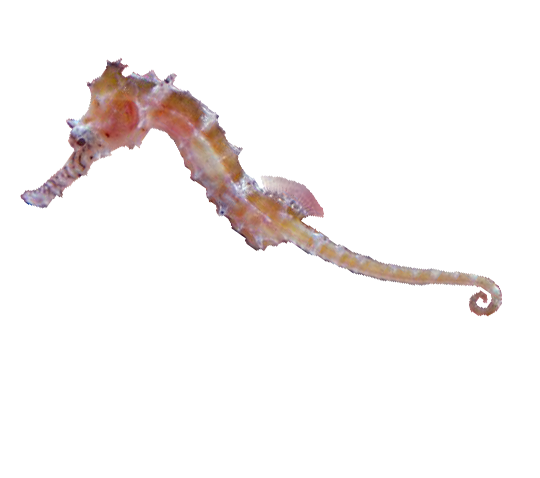The Seahorse Trust is responsible for overseeing and working in partnership with a number of research projects around the world, through a loose collection of seahorse groups called the Seahorse Alliance.
These include surveying seahorses to learn more about their behaviour, how captive breeding differs from when in the wild, and looking at their nutritional needs.
These projects will share information with researchers and students around the world, and in this way, techniques will be passed between projects. We hope that more will be then be known about these amazing little ‘horses of the sea’.
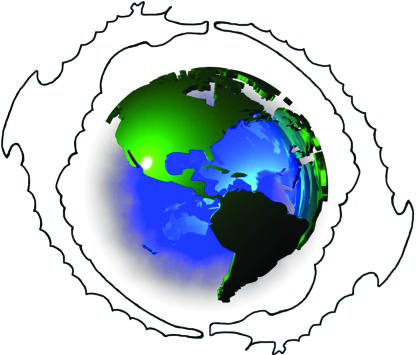
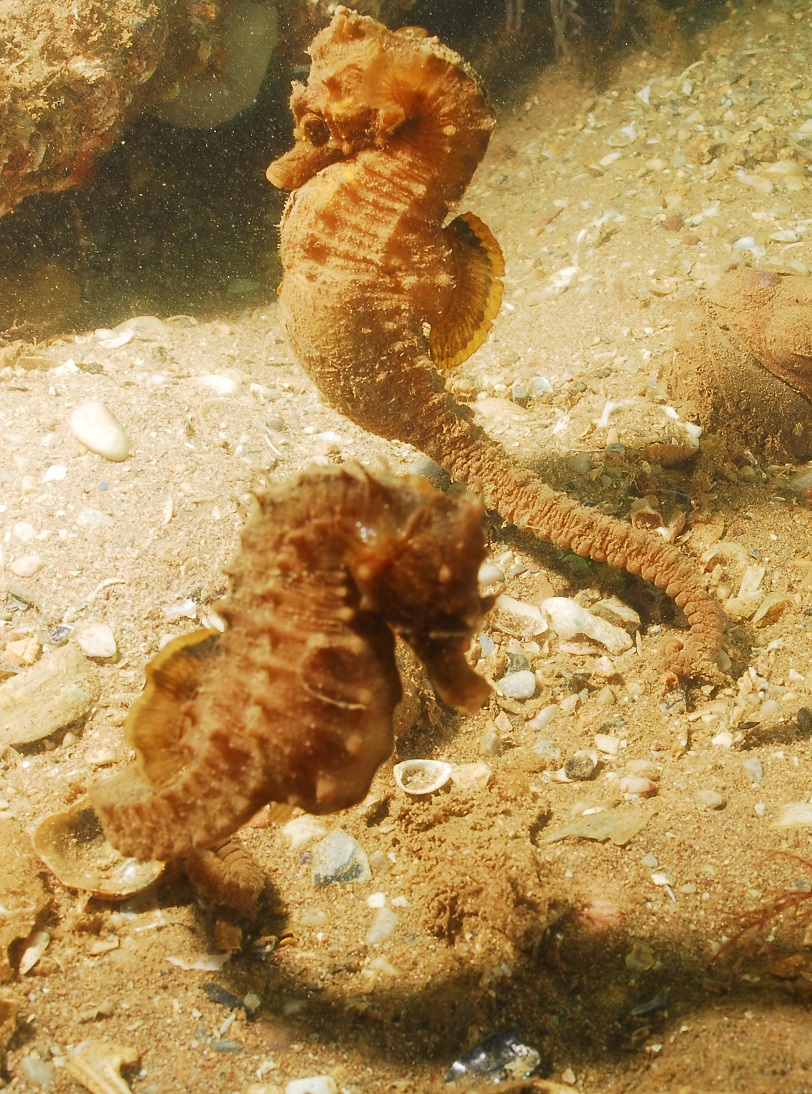
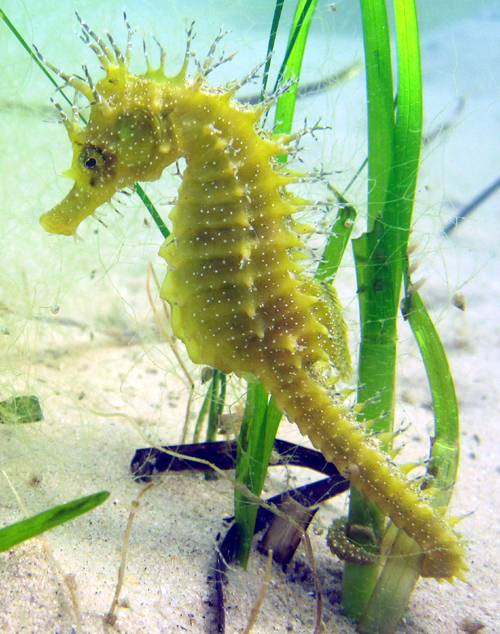
Surveying
THE BRITISH SEAHORSE SURVEY WAS SET UP IN 1994 AND IS THE LONGEST RUNNING CONTINUOUS SURVEY OF ITS KIND
We still do not know exactly how many seahorse species there are in the world or their full distribution. New species are still being discovered and will probably continue to be found as divers explore further into unknown waters.
The sightings from the survey are fed into the National Seahorse Database, the only one of its kind and as a result of this database, British seahorses became protected.
In 2008 both British species of seahorse became protected as named species under the Wildlife and Countryside Act (1981). This was as a direct result and the hard work of the 5,000 plus volunteers who have been helping us since the start of the survey. We owe them a massive vote of thanks.
Another achievement, in 2010, was the banning of the use of flash photography when photographing seahorses. This was banned on welfare grounds. After 41 years of experience we knew for certain that flash photography is harmful and kills seahorses.
It is now illegal to kill, take or disturb seahorses in British waters. As well as this the habitat where seahorses are found is also protected. This means that if you find a seahorse in a seagrass bed, then that seagrass bed is also protected. This is good news for the seahorses and the other species that live there.
We still need to gather more data about British seahorses, so if you find one please let us know. We aim to build up more information on their ecology and behaviour.
If you have any sightings to report, please fill out the online survey form on the link below, or on the divers’ page, and send it to us.
We have plans to expand our survey work to cover Ireland and continental Europe. One of the reasons we believe this is necessary is that if the population levels drop significantly, and reintroduction programmes are needed, it is vital that proper surveys have been carried out. It is also necessary to compare the behaviour and distribution of the European seahorses throughout their range and, with this in mind, we are working with partners throughout Europe.
National Seahorse Database
EXTENSIVE ARCHIVE HOLDING INFORMATION ON OVER 1800 SIGHTINGS
All the information and data we gather is put together on the National Seahorse Database which is held at the Trust’s headquarters. It contains pictures, maps and reports of seahorses from all around the UK. This extensive archive holds in excess of 1800 sightings and has allowed us to collate all the information into reports, some of which are downloadable on this page (please note full copyright applies).
The database is growing and evolving all the time. It is a very useful tool to allow us to see how seahorses are behaving over a long period of time. It also means we can submit information to the authorities, which will allow better protection for seahorses and their environment.
We hope in the near future to have the database as an open access source on this website, to add to the future of seahorse conservation.
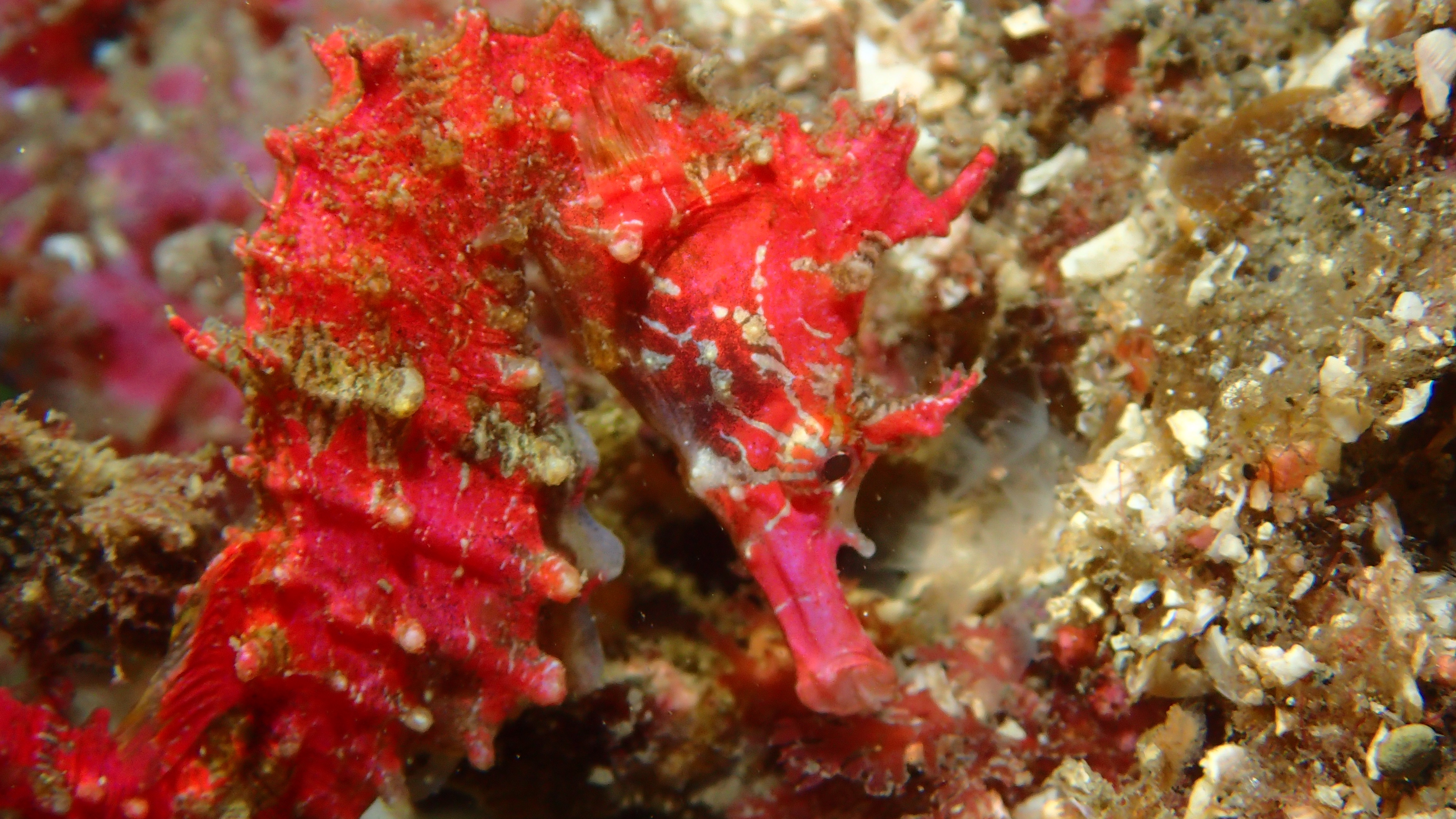
Behaviour
UNDERSTANDING THE BEHAVIOUR OF SEAHORSES THROUGH BEHAVIOUR STUDIES
Seahorses are shy elusive animals, and little is known of their behaviour in the wild. To help us understand whether the behaviour we see in captivity replicates that in the wild, we will be conducting behavioural studies with partners into captive and wild specimens.
The results of this will enable us to:
- Provide better conditions for seahorses in captivity
- Help protect valuable seahorse habitats
- Give us a better understanding of seahorses in general
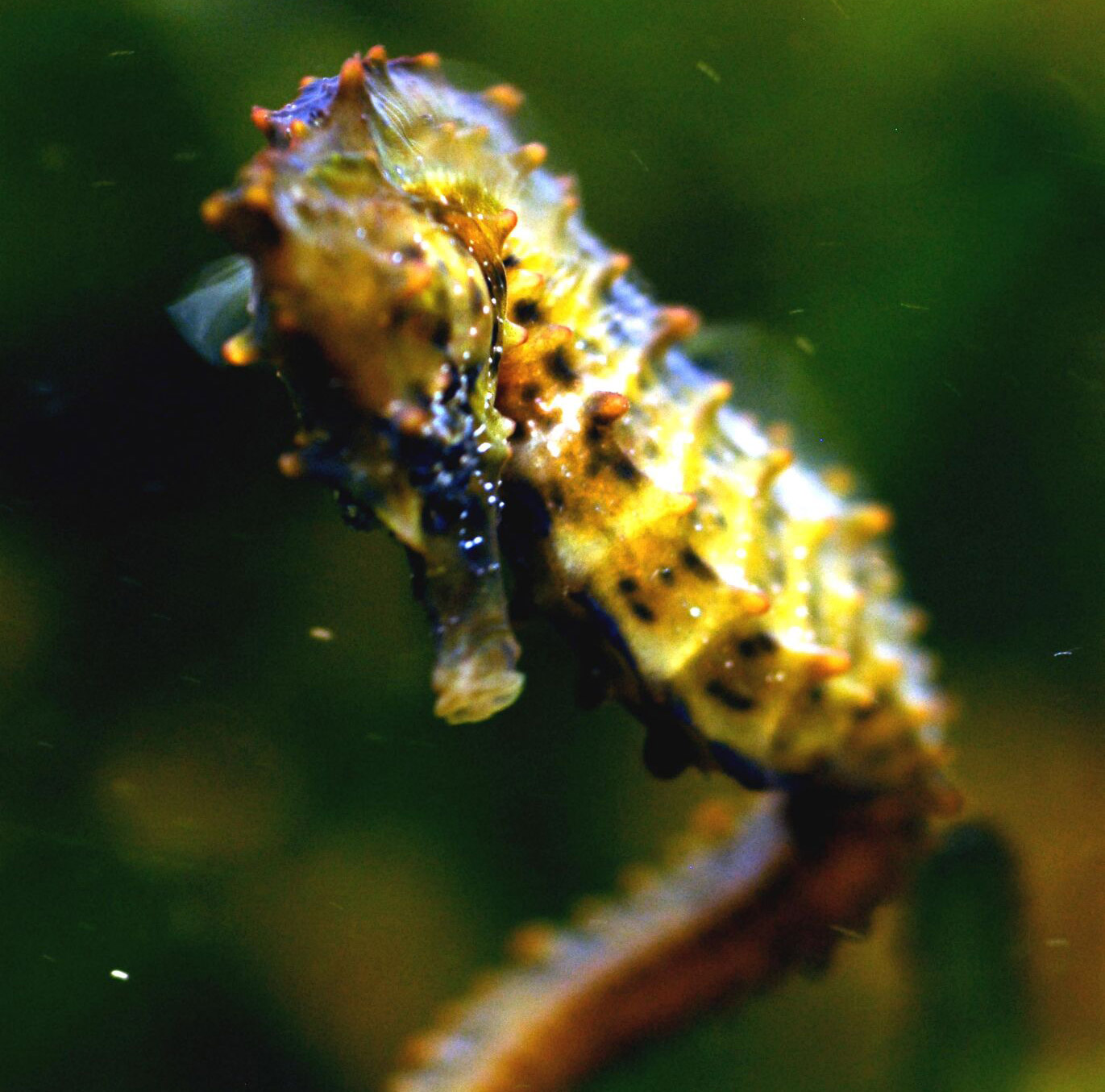
Nutrition
NUTRITIONAL RESEARCH CARRIED OUT BY THE SEAHORSE TRUST AND ITS PARTNERS
The Seahorse Trust has bred 22 species of Seahorse over many years. This is more than anyone else in the world.
With the Knysna Seahorse (Hippocampus capensis) we bred 15 generations with a 90% success rate. At the other extreme we have had only 2 Tiger Tail Seahorses (Hippocampus comes) out of many broods. In identifying the problems in rearing Seahorses, the answer keeps coming down to nutrition, whether for the fry or the breeding adults.
We have through the course of our work developed several nutritional techniques for the rearing of seahorses. There is still an immense amount of work to do,until we achieve our aim of a minimal survival rate of 80% of every brood.
Seahorse Breeding
CONSERVATION THROUGH CULTIVATION
Among the 22 species of seahorse bred successfully by The Seahorse Trust were the first of the British species; the Spiny Seahorse and the Short Snouted Seahorse.
Captive breeding projects have been set up around the world, many of which were advised by The Seahorse Trust. This was to look into the possibility of mass-producing Seahorses to conserve them, instead of taking them from the wild.
Captive breeding on a large enough scale will mean the need to take wild-caught individuals will stop. We are looking into this with our sister organisation Save Our Seahorses in Dublin.
Given the right conditions, Seahorses will produce large numbers of fry. The problem is then to keep them alive, and if this is achieved, ensuring their growth and survival.
